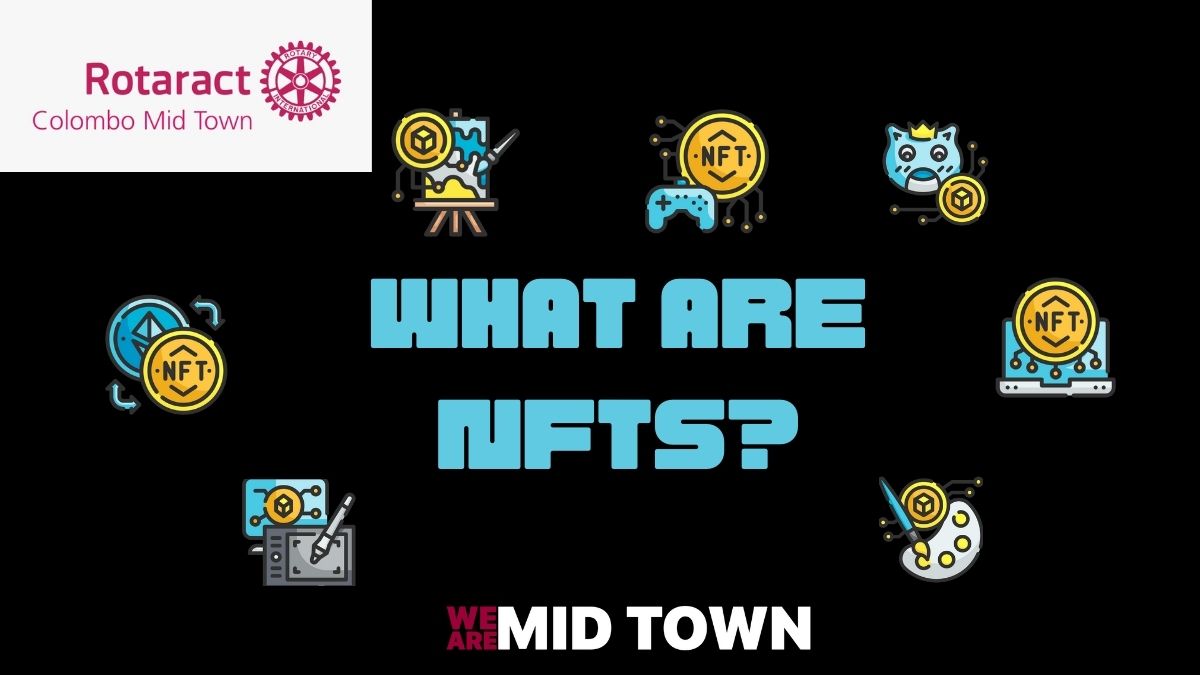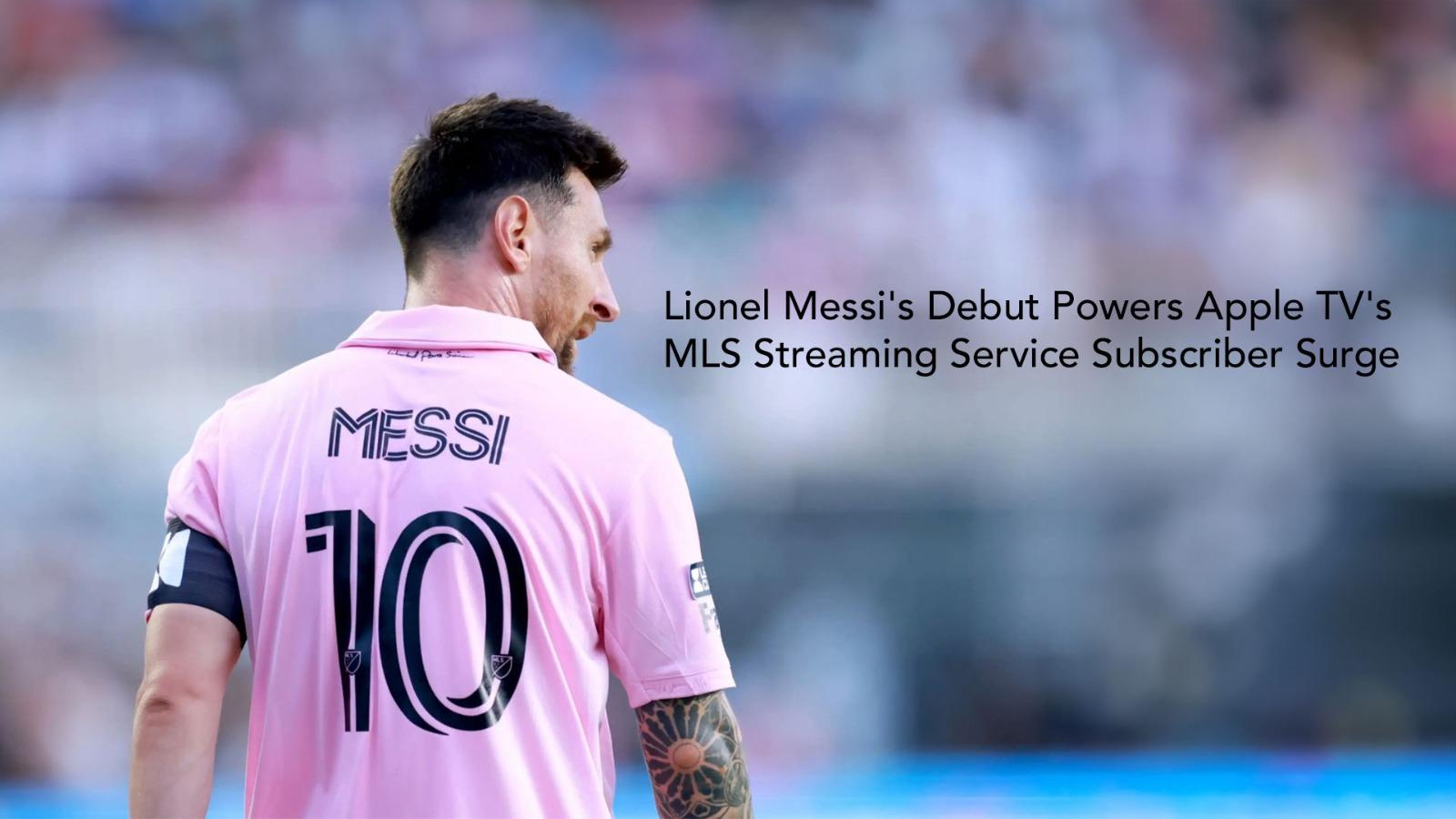Sometime ago, we were introduced to cryptocurrency, which allowed people to circulate their money without the need for any monetary authority. By the end of 2020, we were introduced to another fascinating digital concept known as NFTs (Non-Fungible Tokens), which has swept the digital and gaming word off its feet.
But what exactly are non-financial transactions (NFTs)?
Non-Fungible Tokens are one of the most recent crazes in the crypto space (NFTs). NFTs are defined as a type of token that represents a one-of-a-kind asset. Fungible refers to something that can be replaced by something similar. Because what is represented is unique and non-interchangeable, it is a type of token that cannot be replaced by another similar token.
NFTs represent digital content scarcity. Through NFTs, the Ethereum blockchain enables artists, content creators, and even gaming companies to attribute their creations. Non-fungible tokens, in essence, open the door to asset and data digitization. NFTs function as a database entry for any type of product.

While both NFTs and cryptocurrencies use blockchain technology, NFTs are not interchangeable in the same way that one Bitcoin is interchangeable with another. They each represent one-of-a-kind digital assets that exist on the blockchain. It is argued that this makes establishing rightful ownership or the origin of a piece of digital art easier. It is also argued that its advantages extend to copyright and royalty protection, which is critical in the art and collectibles industries.
Given the foregoing, two NFTs are not interchangeable; each represents a distinct entity. As a result, NFTs are one-of-a-kind. Something that is fungible can be substituted by something comparable.

How do NFTs function?
The blockchain ledger can be used to verify an NFT’s unique identity and ownership. They were first introduced on the Ethereum blockchain, but they are now supported by other blockchains such as FLOW and Bitcoin Cash. Whether the original file is a JPG, MP3, GIF, or something else, the NFT that identifies its ownership can be bought and sold just like any other type of art – and the price is largely determined by market demand, as it is with physical art.
The digital asset that NFTs point to will almost probably come with a license, but this does not guarantee copyright ownership. The copyright holder may reproduce the work, but the NFT holder receives no royalties.

How can I obtain NFTs?
Because many NFTs can only be purchased with Ether, owning some of this cryptocurrency and storing it in a digital wallet is typically the first step. You can then buy NFTs from any of the online NFT marketplaces, such as OpenSea, Rarible, or SuperRare.
Are NFTs safe?
Non-fungible tokens, which use blockchain technology in the same way that cryptocurrency does, are generally safe. NFTs are difficult, if not impossible, to hack due to the distributed nature of blockchains. One security risk associated with NFTs is that you may lose access to your non-fungible token if the platform that hosts the NFT goes out of business.
Whether or not NFTs are here to stay, for the time being, they are making some people money and opening new avenues for digital art.

Rtr. Mohammed Yasir
Member



